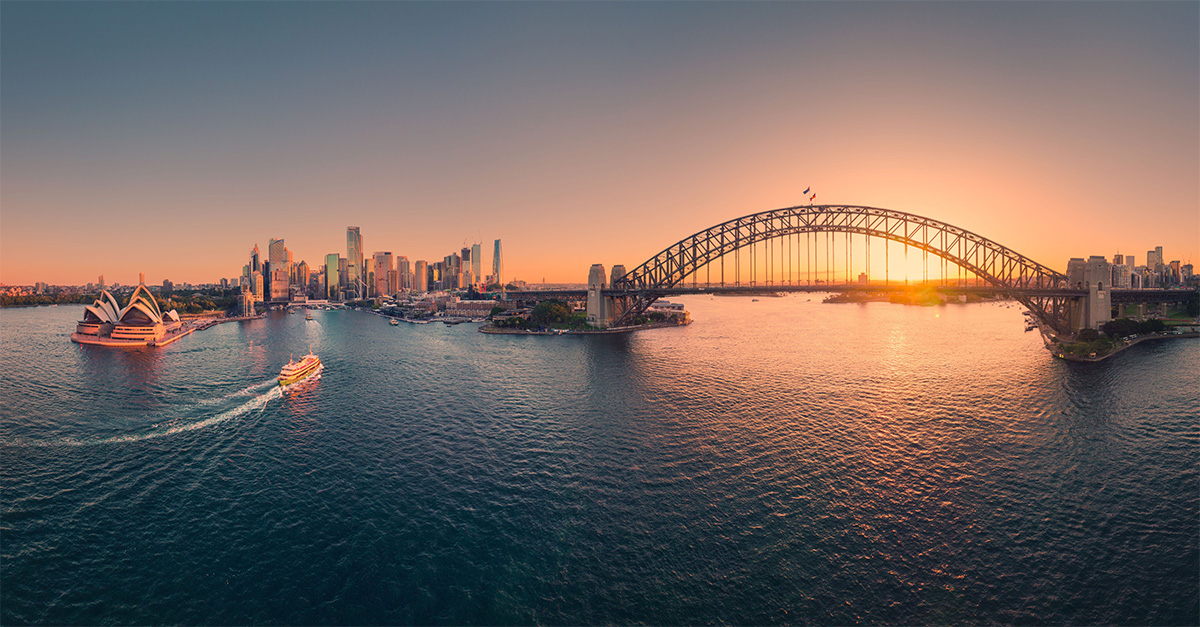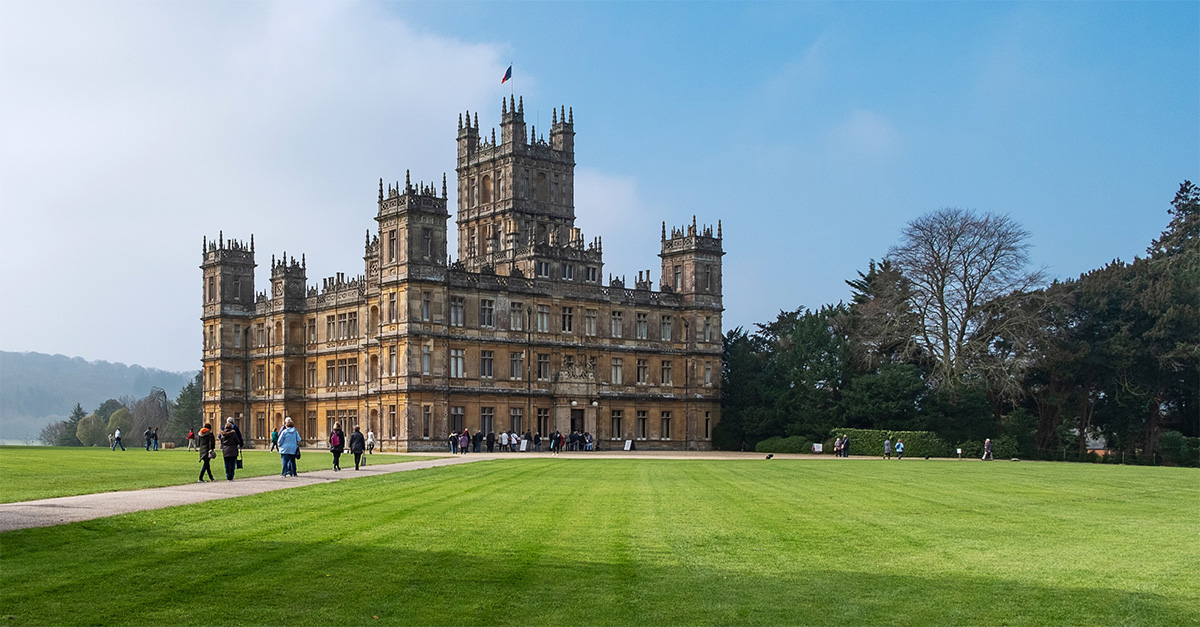A combination of Egypt’s renewed stability and fewer crowds make this the perfect time to see the Pyramids, says Joanna Booth
Like this and want more details? Click here to download and save as a PDF.
“Everything was turned upside down,” says Hussain, gesticulating with excitement.If you’re thinking that our guide from Your Egypt Tours is talking about the revolution of 2011, you’d be wrong.He’s talking about a tooth.
A 3,500-year-old broken tooth, found in a box in a burial chamber, which helped solve one of Egyptology’s great mysteries.
A CT scan revealed the tooth would fit exactly into the mouth of a previously unidentified mummy, now known to be the only female pharaoh from the Golden Age, Hatshepsut. Which not only means visitors can now come face to face with her in the mummy room at Cairo’s Egyptian Museum, but also that experts have changed their views on this indomitable queen’s relationship with her stepson and the manner of her death.
Even though Egypt’s pharaonic history could hardly be more ancient, new discoveries and developments are happening all the time, and new sites are being excavated and opened to the public. Which makes this an exciting time to visit Egypt – for all the right reasons.
Safety and Security
Pharaoh’s teeth aside, some clients may question whether the times in Egypt are a little too exciting for them to choose Cairo as a holiday destination.
It’s understandable. Political instability followed the 2011 revolution, and the news carried footage of mass protests in Cairo. But this year, things have been quieter under President Abdel Fattah el-Sisi. Egyptians have lost some of the freedom they fought so hard for, but the country is undeniably more stable, and tourists are starting to return.
UK arrivals were up year on year by 15.8% in July, 76.7% in August and 193% in September. Visitor numbers from the UK for the period January to September hit 674,000, bringing the ministry of tourism’s hoped-for target of a million this year within sight.
Currently, it’s the beach resorts on the Red Sea that are spearheading this comeback. But following a trip to Cairo and the Nile two weeks ago, I urge anyone who has the sights of Ancient Egypt on their wishlist to go, and go soon.
I felt totally safe throughout my trip. Cruising on the Nile was incredibly tranquil, and the busy capital was welcoming and unthreatening. Current Foreign & Commonwealth Office advice warns against travel to certain parts of this large country – particularly northern Sinai – but there are no restrictions on tourist areas.
It’s also worth remembering that the focus of the protests were political, and violence hasn’t been directed at tourists. A large proportion of the population is economically dependent on tourism and so the Egyptian people are desperately keen for visitors to return.
Across the board the welcome is warm and genuine. Security is visible, both along the Nile and in Cairo, though mostly low-key and in the form of the tourist police, except in Tahrir Square. Here there is a much larger police presence, but it doesn’t interfere with visits to the Egyptian Museum. Visitors who take normal sensible precautions for any busy, foreign city will predominantly notice only benefits from visiting at this quiet time.
Cairo without crowds
From the Pyramids to the treasures in the museum, Cairo’s attractions are unique and awe-inspiring – hence the hordes that swamped the sights before the revolution.
They’re even more stunning now, without the irritation of too many other tourists in the way. In the Egyptian Museum, visitors used to have to queue to get into the mummy room, where the bodies of pharaohs including Ramses II and Hatshepsut lie in glass cases.
I was able to walk straight in, taking my time to marvel at the cloth-wrapped, raisin-skinned figures, thousands of years old. I even had a solitary moment with the most famous artifact of all – a peaceful eye-to-eye with the golden burial mask of Tutankhamun.
This huge museum houses unimaginable treasures both glorious and strange – tons of gold, serried ranks of sarcophagi, exquisitely painted pieces thousands of years old. There are burial chests the size of small rooms, matchbox-like coffins made for scarab beetles, even a mummified pet baboon or two. You could spend days in its aisles.
The quickest and best way to vaguely comprehend what you’re looking at is to go with a guide. Hussain, who alongside guiding for Your Egypt Tours is studying for a PhD in Egyptology, helped us pick out what, in a sea of history, was truly significant, and set it in context.
A guide is also invaluable once you leave the museum and hit Cairo’s streets. This vast, maze-like city is not an easy one to navigate alone, and having a guide and driver helped us make the most of our time.
Before visiting the small Coptic Orthodox churches in Old Cairo, their walls lined with icons, and the Saladin Citadel, where the Alabaster Mosque sits on a hill with views over the city sprawl, we browsed the famous Khan el-Khalili bazaar – even with the reduced numbers of tourists, stallholders’ patter was friendly and not overly intense.

Go to Giza
Cross the Nile, and while it feels like part of the same city, you’re technically in Giza rather than Cairo. Back in the time of the pharaohs, the cities of the living stood on the east bank, where the sun rose, and the tombs of the dead occupied the west side, where it set.
So it’s here that you’ll find Egypt’s most iconic sight – and the only one of the Seven Wonders of the Ancient World that remains intact – the Great Pyramid.
Completed around 2,560BC, it’s the oldest and largest of the six pyramids at the Giza necropolis. Towering 139m high, when you stand at the base it blocks out the sun. Nearby sits the Sphinx, whose missing nose was not, despite popular legend, shot off by Napoleon’s troops.
After taking some photos, mercifully free of other tourists, we opted not to go into the Great Pyramid as there’s nothing in there to see – the benefit of a guide’s advice.
This isn’t true at Saqqara, 12 miles away. This was the necropolis for Egypt’s first capital, Memphis, and is home to the Step Pyramid of Zoser, a 62m-high structure thought to be among the oldest stone-cut constructions on Earth – predating the Great Pyramid by 200 years. Alongside, and almost more impressive, is the funerary complex with a beautiful carved colonnade, reconstructed from original fragments.
Recommend clients go inside the nearby Pyramid of Teti – from outside it looks like nothing more than a hill, but a short clamber down a low passageway rewards you with walls of carved hieroglyphs so crisp one can hardly believe they were done more than 4,000 years ago.
Nearby, in the Memphis Museum, again with just a handful of other tourists, I stood in front of a colossal statue of Ramses II. The inspiration for Shelley’s poem Ozymandias, this fallen giant once stood 11m high but now lies on his back, his feet missing.
It’s a fitting enough reminder, should one be needed, that Egypt has had its fair share of ups and downs over the course of history. With a little luck, tourism here will soon be back on its feet again.




